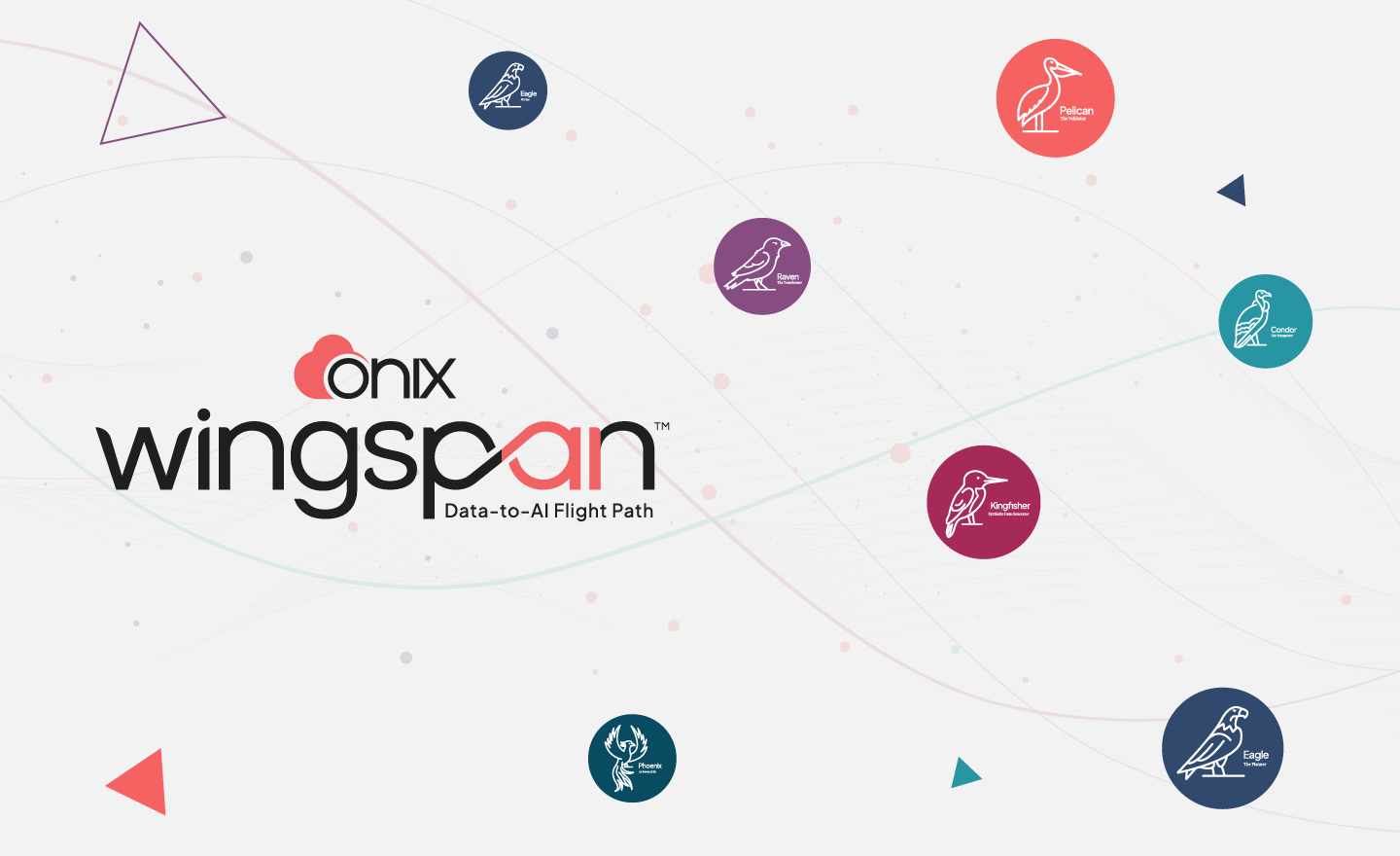Short for Extract, Transform, and Load, ETL has been in use since the 1970s. Over the years, ETL tools for data migration have been useful for extracting large data batches and loading them to data warehouses or lakes for various analytical purposes.
With the advent of real-time or on-demand data, legacy ETL tools are no longer sufficient to meet business requirements like faster data transformation and scalability. Among the common challenges, ETL implementation incurs a high initial cost, running into hundreds of thousands of dollars even for on-premises data storage.
This is the reason why organizations are moving 65% of the current application workloads to the cloud by 2027. This is up from 45% in 2022. As part of their data warehouse modernization initiative, organizations must also migrate their ETL workloads to the cloud.
In this blog, let’s look at some common ETL pitfalls to avoid during modernization.
Common ETL pitfalls to avoid
At the current pace of data explosion, data-driven organizations cannot rely on traditional ETL tools as they require continuous data integration for real-time business insights. To extract these insights, traditional ETL tools must undergo a 3-step process:
- Extracting data from marts or warehouses.
- Transforming data into a query-friendly format.
- Loading them into individual databases.
A common pitfall is that legacy ETL tools need third-party tools for data extraction and ingestion. This process often takes weeks (or months) for ETL professionals to set up and integrate, thus creating a bottleneck from the initial phase.
Besides, ETL tools are not compatible with modern cloud platforms. This can severely degrade the overall performance of the cloud platform.
ETL tools are also not designed for high-volume data extractions, which require “heavy” computing power for data transformation. Too often, data teams compromise by choosing smaller data volumes (or batches). Besides, they need to design business rules that:
- Offer less flexibility.
- Cost more to maintain.
- Complicate the data transformation process.
With this traditional process, organizations take more time to extract relevant insights and deny data analysts real-time access to raw information.
Why automate ETL migration to the cloud?
An automated ETL conversion tool can simplify the entire process of ETL migration and modernization to the cloud. By using an automation tool like Eagle, organizations can accurately assess their legacy code and its complexity. Additionally, automated assessment tools can identify patterns in the existing architecture to optimize their proposed cloud solution.
Here are some reasons why companies must consider automating ETL migration to the cloud:
- Cleaning up the existing ETL environment and identifying any orphaned or duplicate jobs.
- Optimizing the ETL migration process by identifying the essential tasks.
- Identifying duplicate patterns in the ETL setup, thus enabling organizations to shift to lower-cost options.
- Achieving a high translation percentage when moving legacy workloads from traditional warehouses to the cloud.
How to automate ETL code transformation using Raven
By using Onix’s Raven transformation tool, companies can streamline their ETL code conversion process during cloud migration. This automation tool saves a lot of time and effort spent on traditional code transformation. What’s even better is that Raven can work on transforming non-SQL ETL code and custom expressions.
Do you want to know more about how Raven works? Download our latest whitepaper, titled “Automated Code Transformation From Legacy ETL to Cloud-Native Technologies,” from our Onix website.
In this whitepaper, you can learn about:
- Complexities of legacy ETL tools.
- How to overcome ETL pitfalls.
- How Raven can automate your ETL code conversion.
Sign up for free – and download the white paper now!
Download whitepaperReference links:
https://www.snowflake.com/guides/pitfalls-etl-processing/
https://www.k2view.com/blog/what-are-etl-tools#What-are-ETL-Tools-Advantages-and-Disadvantages?
https://www.datametica.com/automating-the-modernization-and-migration-of-etls-a-tech-odyssey/https://blog.nextpathway.com/the-role-of-automation-in-etl-migrations-to-the-cloud









